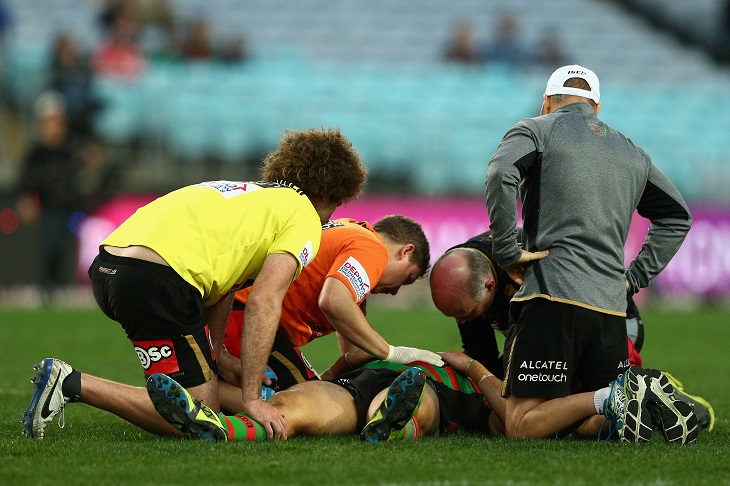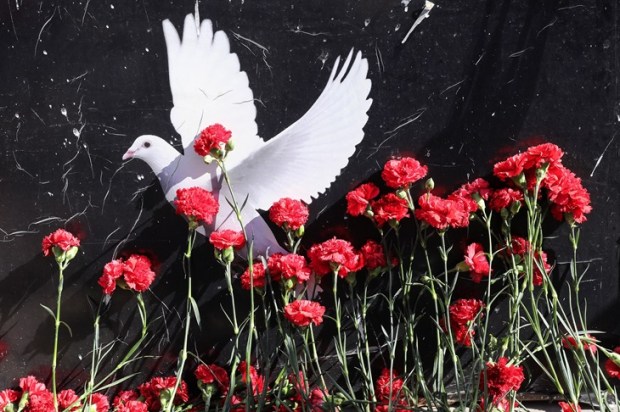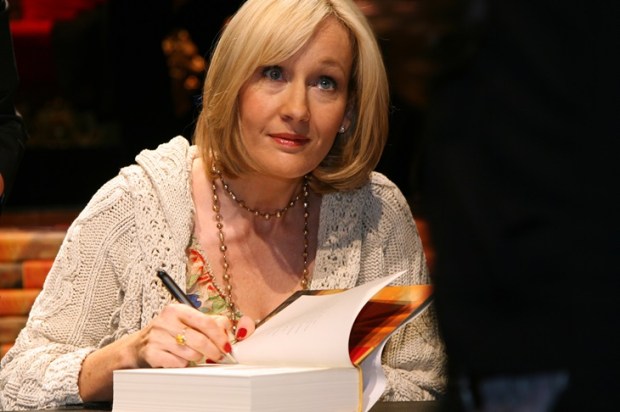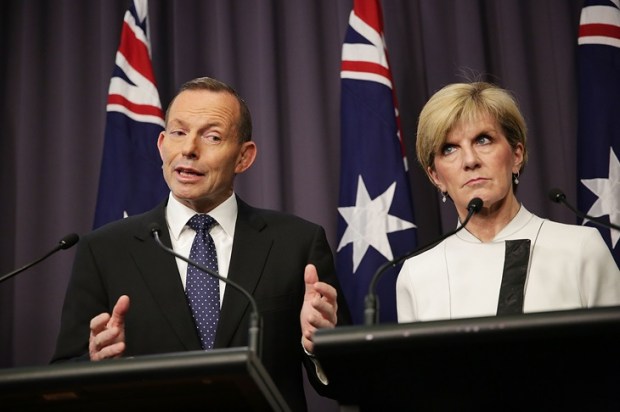The rulers of footy codes have, for years, adopted a head-in-the-sand approach to the management of concussions, but the tsunami wave is building and lawyer-sharks are already in the water for their next big feed.
The scale of the problem is increasingly being revealed, but the question of culpability has yet to be resolved – organisers have a duty of care, but players are aware of the risks of injury. Even the politicians are involved. The findings of a Senate inquiry have just been released and there are a number of recommendations, with the introduction of a national strategy for different codes, a review of body contact rules and the utility of helmets, mandatory return-to-play protocols of anything between 7 and 21 days, along with a requirement for medical insurance and establishment of a national database. The review also looked specifically at the problems of children’s sports.
It seems, on an almost daily basis, that the old stagers of sport are making headlines with stories of disability due to head-knocks; Barry Taylor of ARU, Robbie O’Davis, and Bobbie Goulding in NRL, are recent examples while and ‘The King’, Wally Lewis, has also announced he has problems. The latest is AFL player Paddy McCartin, who has announced retirement, aged 27, after a total of 10 concussions in his career.
The AFL is belatedly admitting the problem, with several high-profile former legend players, such as Danny Frawley, Polly Farmer, and now Gary Ablett, suffering from head knocks. Legal action involving around 100 players is pending. In rugby league, an inquiry into the health of former Newcastle Knights players has also revealed a significant number of cases.
The head of boxing and combat sports in Victoria has belatedly recognised the significance of concussions with a new management policy being developed and a review of deaths occurring over the last 25 years. The threat to participants has been highlighted by the tragic death of Shane Tuck, who experienced multiple concussions as an AFL player and subsequently as a boxer. His health declined over several years with Chronic Traumatic encephalopathy (CTE) prior to his death, aged 38.
The latest sport experiencing challenges is horse racing. The Australian Jockeys Association is now pushing for standardised regulation and a register of injuries. Currently, there is inter-state variation in practice, with most, but not all requiring a 12-day lay-off after concussion. Probably the most dangerous sport for head injuries is horse-riding. It’s a long way to fall and although a helmet may reduce the risk of skull fracture it does not prevent concussion. Melbourne Cup champion jockey, Michelle Payne, emphasises the problem with her history of 6 episodes of concussion, including a fractured skull.
Has the time arrived when mandatory headgear is appropriate? Hard hats are certainly effective at work, and in various sports. Unfortunately, studies suggest soft helmets do not reduce damage on the sports field and, although often obligatory, the effect is mainly cosmetic. Probably of greater importance is the recognition of long-term damage resulting from repeated concussions, with the brain still being shaken inside the skull. There is accumulating evidence that a lay-off period following brain injury allows better recovery and reduces the risk of another brain injury; this is 4 to 6 times more likely in the early recovery of those who have had one event, an estimated 40 per cent return to their sports prematurely.
Concussion, following a blow to the head, is a well-established diagnosis in around 10 per cent associated with loss of consciousness. Symptoms can include headache, vomiting, confusion, loss of memory, and dizziness which may last for days or longer. There is no specific test and there may be a significant delay before symptoms occur. At their extreme, head injuries are the most common cause of sporting death. The long-standing 3-strikes-and-you’re-out rule, enforced for many years, meant 3 concussions and the player was out for the footy season. Is this enough in this modern, litigious era? Early on-field assessment has become obligatory in professional sport, but elsewhere head injury is less well monitored.
In some sports, such as boxing and kickboxing, the culmination of a bout is often the knock-out blow; a stand-down period is required but how can these sports survive if forced to have limited contact? One estimate has a 13 per cent concussion risk for each boxing fight and a 28 per cent incidence of long-term brain damage, with most professional boxers showing some damage. The old boxers’ phrase punch-drunk, first mentioned as far back as 1928, shows this is a well-recognised complication. Even the best of boxers, such as Muhammad Ali, developed brain damage in later life. The football codes do not intentionally have a goal of loss of consciousness, but this does occur, more often minor blows produce concussion, which results in mandatory non-playing periods.
As more high-profile players complain of mental difficulties the costs are mounting. As long ago as 2005, the condition was first described by a Nigerian/American pathologist, Bennet Omalu, leading, in 2012, to the American Football League settling compensation claims for US $765 million. A class action for European Rugby League clubs was started in 2021, moves are now afoot in this country for a class action from ex-players, against the NRL and RFU, so far this not involving AFL or soccer, where head knocks are supposedly less common.
Other sports caught up in the dilemma include ice-hockey, basketball, and lacrosse; no doubt more will follow. Statistics show an increase in concussion diagnosis, suggesting that there is greater awareness of the problem. There were 650 hospital concussion admissions from AFL in 2018-19, the last full year pre-Covid, 213 for rugby union over the same period. The statistics for NRL are worse, over a 2-year period, 2020-21, it found that 67 per cent had been concussed, some more than once. A survey of over 1,000 AFL players found 78 had been concussed, 9 multiple times, in soccer up to 22 per cent of injuries are due to concussion. The AFL is now commencing its own longitudinal study. There is an overall incidence of concussion of 10 per cent annually, estimated across all contact sports.
The excess publicity has the consequence that it parents are being deterred from involving their children in contact team sports, with resultant loss of fitness and concept of team cooperation. Demands for protective gear also make games more expensive. A small US study of 7-8-year-olds used head sensors to assess the pressure of tackles and found the effect to be up to 40 times the force of gravity, particularly when heads hit the ground. New helmet technology may be able to record the stress of these events. The number of children participating in sports is already in decline as screen time takes over, this lack of activity is contributing to surging rates of childhood obesity with its own enduring health complications and reduced life expectancy.
Avoiding more aggressive contact sports does not solve the problem. A survey of school children playing soccer found 10 per cent of boys and 20 per cent of girls’ injuries were due to concussion, primarily player-to-player contact rather than heading the ball, which is banned in children’s soccer. Even at senior school level the degree of damage is often hidden. American college football estimates a 20 per cent concussion rate per individual each season, even with hard helmets, with around 300,000 events reported annually.
A shrinking pool of participants will inevitably lead to a lower standard of game. In reality, fans are addicted to the big hits of contact sports, making the game safer may make it less of a spectacle and reduce the number of supporters. The 2016 movie Concussion, featuring many well-known US actors, including Will Smith and Alec Baldwin, highlighted concerns about brain damage from sport. American football participation has since fallen by 10 per cent, and the original discoverer of CTE suggests that contact sports will be gone in a generation.
Following the Senate inquiry, there are still no clear guidelines of responsibility. Are we becoming risk averse, will the lawyers, compensation demands? Will Workplace, Health and Safety kill off contact sport?
Dr Graham Pinn, Retired Consultant Physician
Got something to add? Join the discussion and comment below.
Get 10 issues for just $10
Subscribe to The Spectator Australia today for the next 10 magazine issues, plus full online access, for just $10.


























Comments
Don't miss out
Join the conversation with other Spectator Australia readers. Subscribe to leave a comment.
SUBSCRIBEAlready a subscriber? Log in